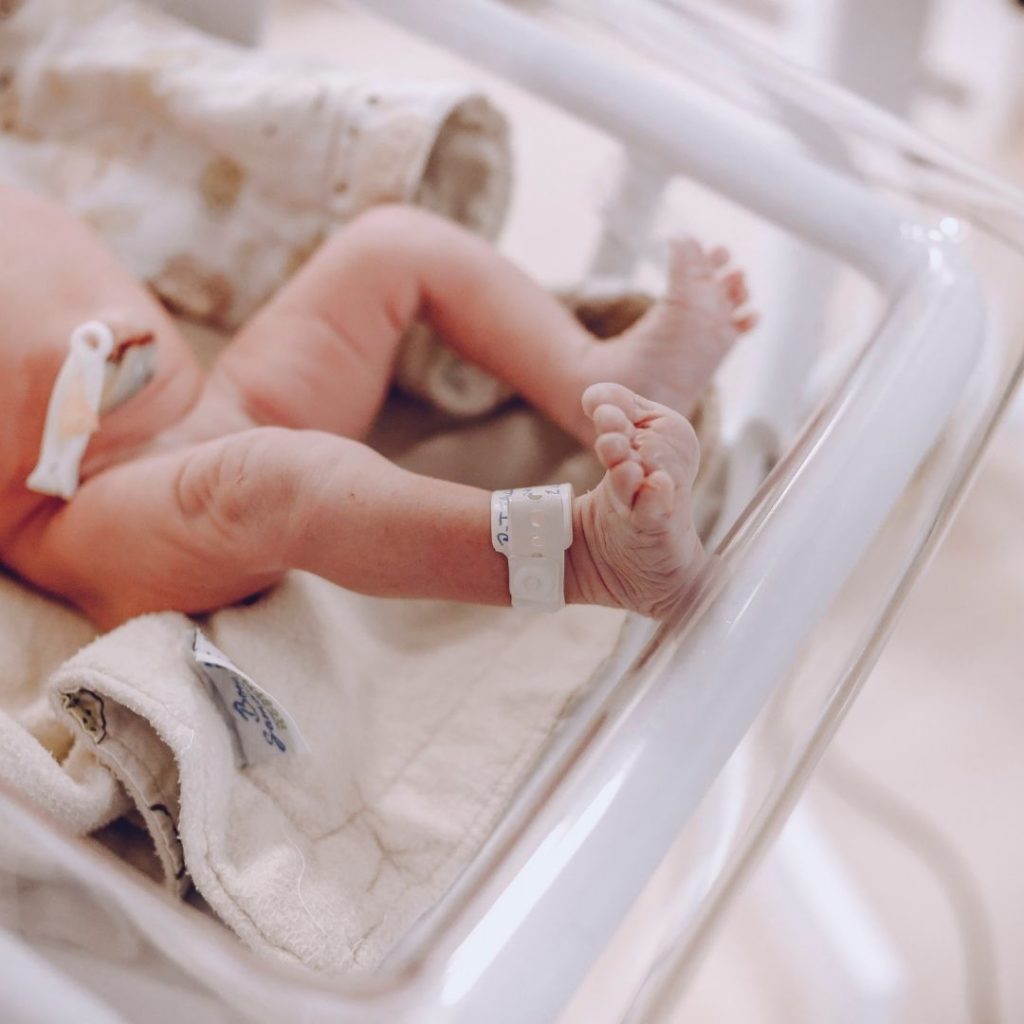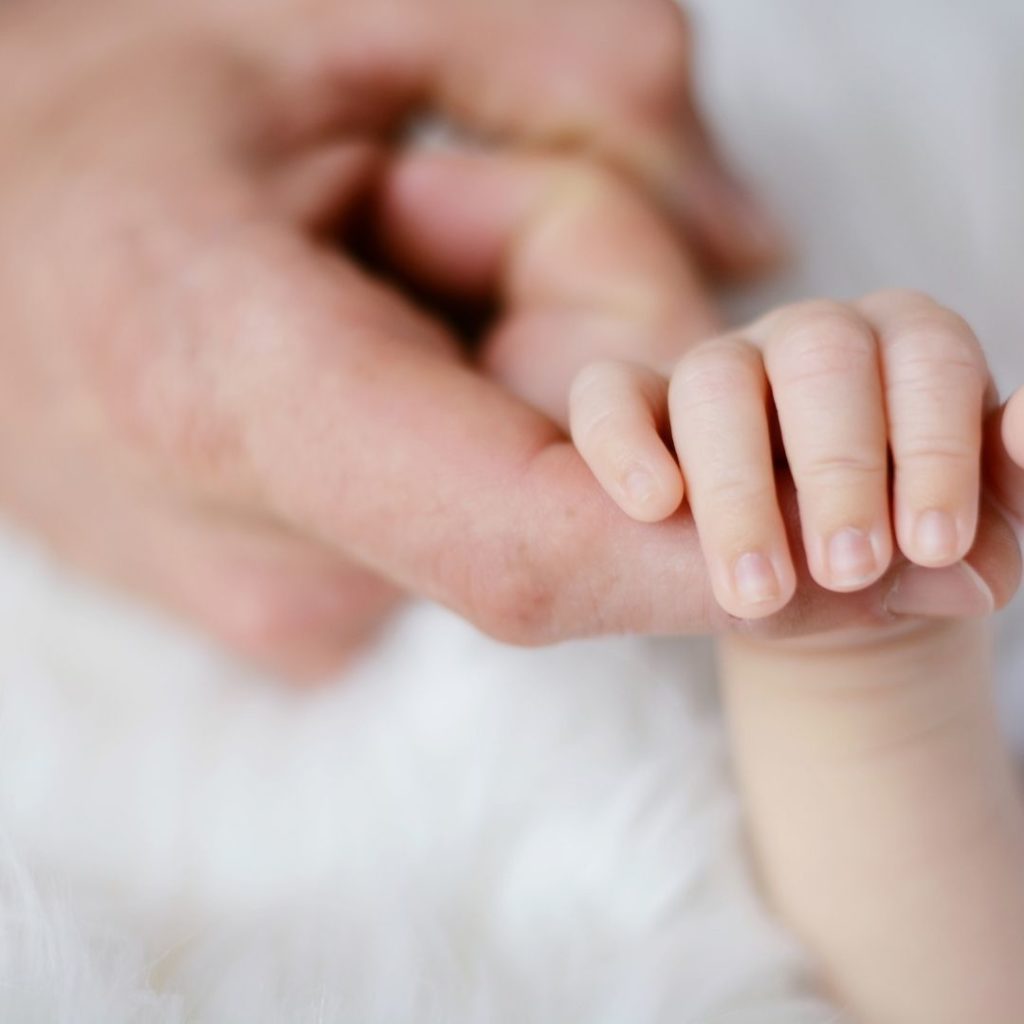The Power of Touch in Infant Development
Beyond the hype about 20-second hugs, we’ve seen that touch is indeed a powerful tool for adult wellbeing. It may be even more critical to infants. Infants appear to need it for their growth and development, and it has possible implications for their later life, too. Unavoidable, ‘functional’ touch such as holding babies to change or feed them is not enough. Historical reports suggest that touch deprivation can even contribute to mortality. Read on for the scientific scoop on the various ways touch helps a child develop, the surprising therapeutic power it may hold for those who are unwell or vulnerable, and some special considerations that could change your approach to touch.
Key Points:
- It is difficult to separate touch from the overall care an infant receives, which means we can’t pin all findings from human studies on touch alone. Nevertheless, it seems to have a major effect on an infant’s growth and development. This includes neurological development, which in turn affects cognition, motor skills, infant stress, emotional regulation and prospects of emotional/behavioural problems later in life. The mechanisms have not been fully elucidated.
- Sad historical observations of orphans suggest that touch deprivatIon (among other forms of neglect) has severe consequences for growth, development, and health- and may even contribute to high mortality rates.
- On the bright side, a bit of extra touch is associated with improvements among vulnerable children, including those who are institutionalised, have failure to thrive, psychodwarfism, are premature or of low birthweight.
- The effects may depend on the specific type of touch and/or the variety of touch an infant receives. This may also need to be individualised to the infant, as factors such as weight, development and prior medical history can impact on their response.
The importance of this topic is underpinned by the fact that numerous researchers believe neglectful parenting involving psychological unavailability is actually more harmful than physical abuse. This neglect can include, but is not limited to, lack of affectionate touch. The Touch Research Institute (TRI) states that touch is effective for diverse situations such as: asthma, autism, burns, child abuse, post traumatic stress disorder, cancer, developmental delays, diabetes, eating disorders, juvenile arthritis, dermatitis and psychiatric disorders. We’ll concentrate on the fundamental relationship it has with growth and development.
The beginnings of our touch-ing knowledge
History has furnished us with numerous examples of the extreme consequences touch deprivation can have on developing children… To be fair, these do not count as scientifically complete reports. Rather they were simply observations, made in the real world. And as we know the real world is awfully complicated and many factors can influence a single thing, such as growth. In reports such as these, confounding factors cannot be controlled for. But they at least hinted at a problem and formed the basis for closer study.
For example:
- As part of a medieval experiment to see what language children would speak instinctively, the 13th century German king, King Frederick II placed all newborns into foster homes. Foster parents made sure the kids were fed and changed, but there was no speaking to them or affectionate touch. The results? The kids didn’t speak any language at all. Instead they died. Every last one of them. This tragic event implicates deprivation of touch and/or verbal communication.
- In 1945, the development of 162 infants were compared. Those who lived in a nursery where they received care from a mother-like figure displayed normal progress. In contrast, the development of infants in a foundling home fell below normal almost immediately after they were weaned off wet nurses, and they became more susceptible to illness and infection. At this point human contact stopped.

- In the early 20th century, most orphans failed to thrive. That is, their weight and/or rate of weight gain was significantly lower than expected for kids of their age and sex. Furthermore, reported institutional mortality rates varied from 31.7-75%. Those who did survive were often reported to have ‘atypical’ behaviour eg: hyperactivity, disorganisation, indiscriminate friendliness, superficial relationships, social maladaptation.
- In more recent times, similar problems have been observed among orphans in Romania. Not only have we seen stunted growth and cognitive development, serious infections and attachment disorders occurred far more than normal.
As sobering as these reports are, we need to get into the science…
Investigating the impact of touch on growth and development
Both animal and human studies have shown touch positively affects growth and development. For example, one early human study showed that just 20 extra minutes of touch a day, for 10 weeks, was correlated with higher scores on developmental scores among institutionalised infants.

This includes a positive effect on brain development from the word go. Indeed, the receptors and connections between neurons associated with touch are the first to develop. In animal studies, the type of touch can affect both the size of the animal’s brain, and the connections between neurons. It seems that using a greater variety or complexity of touch leads to a greater number and better pattern of connections between neurons. Other research has shown that this also increases the numbers of neurons and genes involved in learning and memory. Human research along the same lines would be most valuable.
Much of the research out there has shown the benefits to infants who are more vulnerable, such as those with failure to thrive, or who are premature or of low birthweight.
A small study showed that infants with failure to thrive received less touch from their mothers than healthy babies. This is a classic association rather than a definite causation, so further, more rigorous research is needed.

Premature babies often don’t get to experience normal sensory stimulation due to the type of medical care they require. However, a meta-analysis of studies have shown that touch is effective in increasing weight and performance on developmental assessments (eg: motor skills). Another study showed that massaged preemies gained more weight from the same caloric intake than non-massaged preemies. They also maintained a more alert and active state. The authors suggest this may be related to hormonal effects: massage stimulates the vagus nerve, which then stimulates insulin release. Insulin is essential to nourishment, as it helps cells absorb glucose from the blood. Another study showed that 10 min of additional touch daily significantly reduced regurgitation. Regurgitation is very commonly experienced in infancy. In most cases, it doesn’t cause other significant symptoms (referred to as functional infant regurgitation).
What about the impact of touch on stress and psychological wellbeing?

Unsurprisingly, touch can help provide infants a sense of emotional security. It can also help reduce infant stress- possibly more than vocal or visual communication can. Plus, it can improve their ability to regulate their response to stress and other emotions into later life. On the flip side, emotional dysregulation, marked by disturbed mood, sleep and activity, is often seen with mother’s physical unavailability.
How do we know touch reduces stress?
Well, we technically don’t know it, but research points in that direction. It has been seen that infants who are touched more often have lower levels of the stress-associated hormone cortisol in their urine. High cortisol levels cause a large number of immune cells to be destroyed and the function of the hippocampus (a brain area involved in memory and learning) suffers, evidenced by lower scores in motor and mental assessments.

In infants aged over 4 months, a hug with parents lowered their heart rate (suggesting increased parasympathetic activity, reflecting a more restful state of the nervous system). But this may be a very specific effect: simply holding the infant didn’t result in a reduced heart rate. Neither did a hug from a stranger. However, these findings have to be taken with a grain of salt. Postural changes the infant experiences while being lifted to a hug/hold could also affect the activity of the sympathetic nervous system (i.e. that branch that gets the body ready for “fight-or-flight”), so it’s hard to know whether the results reflect the hug/hold only, or to what degree.
It’s worth knowing, the effect of a hug may also vary with age. There is a maturation of the parasympathetic nervous system by the end of 4 months (this remains stable until approximately 12 months). Before this point, the sympathetic nervous system dominates.
Among low birthweight babies, we have also seen that touch may influence emotional and behavioural development. Statistical analysis of a study of 114 low birthweight children revealed that maternal touch at 3 months accounted for 15% of the variance in the likelihood of a child having emotional/behavioural problems at age 2.

More specifically, it was seen that low birthweight children who received more nurturing touch at 3 months had significantly fewer internalizing problems (such as depression) at age 2. Meanwhile, children receiving both more frequent touch and harsh touch had more externalizing problems (such as aggressive behaviour). While this seems in line with common sense, so few children in the study did experience this harsh touch, so we cannot confidently apply this finding to infants generally. Randomised controlled trials are required for more valid data regarding different forms of touch. One of the strengths of this study was that the children came from diverse sociocultural backgrounds, so in this regard it may be considered a reasonably representative sample. The emotional and behavioural problems were identified through questionnaires, completed by mothers ± fathers. While validated, the questionnaires also allow some room for subjectivity. Perhaps future studies could use more researcher or clinician-based assessments.
Furthermore, there is a condition called psychodwarfism (PSD) or hyposomatotropinism. In this condition, children who are neither malnourished nor suffering from inherent disorders, have impaired physical and mental development. It appears rather that psychosocial factors, such as emotional rejection from parents, are responsible. The stress this causes seems to interfere with the communication between the hypothalamus and other parts of the brain, leading to inhibited release of growth hormone. Interestingly, the ensuing impaired development is reversible. In fact, studies have shown that disturbed hormonal levels normalise just a few days after an infant is placed in a nurturing environment. This strongly suggests that psychosocial environment is a cause of stress and then impaired development, although we cannot be certain how much lack of touch contributes to this.
Animal research provides further support for the concept that touch has a regulatory effect on an infant’s activity level, vocalisation, sleep–wake states, neurochemical and endocrine systems, and their ability to regulate their stress response in later life.
Wee rats whose mothers lick and groom them more frequently have reduced hormonal reactivity to acute stress, better ability to detect and uptake stress hormones, faster recovery from stressors, and the types of ratty behaviour than indicate less anxiety (e.g. more open field exploration), and more brain receptors for anxiety-quelling chemicals.
How do we know touch is the key factor here?

In much of the research, it is difficult to separate touch from the overall milieu in which infants receive care. This can make it difficult to reach firm conclusions about the precise contribution of touch. However, in a 2001 study among low birthweight infants found that there were very modest and/or nonexistent relationships between specific properties of maternal touch and a mother’s other caregiving behaviours. This suggests that touch could have a distinct role in caregiving rather than being merely reflective of overarching caregiving style. As this has yet to be shown across the gamut of studies it should not be taken to be true. Rather, we should hold it as a possibility, while also not disregarding the possibility that the results research has provided to us cannot be completely contributed to touch. Future research should aim to control for confounding variables as much as possible, and/or provide more insight into the relationship between touch and other behaviours.
Some other considerations
- Not all touch is equal. Different types can have different emotional effects. For example, nurturing strokes (unsurprisingly) are received better than poking or tickling
- Sometimes, a lack of touch can be related to touch aversion on the part of either the parent or child. If you are concerned that touch aversion may be an issue, speak to a healthcare professional for guidance. For example, low birthweight babies may be less able to regulate responses to touch in their early life, due to fragile/under-developed nervous systems… or may they may find touch more aversive due to their history of medical procedures distorting their perception.
- It’s possible that less responsive infants are at greater risk of developing aggressive behaviour when subjected to frequent touch. However they may also benefit more from use of diverse types of touch. But take this with a grain of salt as these ideas only come from a small sample of infants.
- Infant massage seems to benefit both mothers with postnatal depression and their children.
- Very small, low birthweight infants are too fragile for massage, so gentler touch is required.
The Verdict
It is difficult to apply stringent scientific standards to the study of touch and infant development. Nonetheless, touch seems to have major benefits or at least be associated with them… and touch deprivation would appear to contribute to horrific consequences. So, keeping the limitations of the research in mind, and balancing it against our innate knowledge that quality social connection helps us thrive… we should give little ones in our charge appropriate and nurturing touch regularly. This means not just that which is essential when feeding or changing them. Hugs, gentle stroking and massage are good examples, although each infants’ physiology, history and disposition will affect what they respond best to.
What would you like to know about child health?
References
Ardiel, E.L., and Rankin, C.H. (2010) The importance of touch in development, Paediatrics & Child Health. 15(3):153–156. https://doi.org/10.1093/pch/15.3.153
Blackwell, P.L. (2000).The Influence of Touch on Child Development. Infants & Young Children. 13(1):25-39
Hertenstein, M.J., and Campos, J.J. (2001) Emotion Regulation Via Maternal Touch. Infancy. 2(4):549-566. DOI: 10.1207/S15327078IN0204_09
Peláez-Nogueras, M., Field, T., Gewirtz, J.L., Cigales, M., Gonzalez, A., Sanchez, A., and Richardson, S.C. (1997). The effects of systematic stroking versus tickling and poking on infant behavior. Journal of Applied Developmental Psychology. 18(2):169-178.https://doi.org/10.1016/S0193-3973(97)90034-4.
Polan, J.H., Ward, M.J. (1994). Role of the Mother’s Touch in Failure to Thrive: A Preliminary Investigation. Journal of the American Academy of Child & Adolescent Psychiatry. 33(8):1098-1105. https://doi.org/10.1097/00004583-199410000-00005.
Weiss, S.J., Wilson, P., Seed, M.S.J. and Paul, S.M. (2001), Early tactile experience of low birth weight children: links to later mental health and social adaptation. Inf. Child Develop. 10: 93-115. https://doi-org.ezproxy.uow.edu.au/10.1002/icd.236
Yoshida, S., Kawahara, Y., Sasatani, T., Kiyono, K., Kobayashi, Y., and Funato, H. (2020). Infants Show Physiological Responses Specific to Parental Hugs. iScience. 23(4),100996. https://doi.org/10.1016/j.isci.2020.100996.
